I am working on a simple protection circuit for an I/O pin on an MCU. The device will be 3v battery powered. The MCU's I/O pin has a voltage tolerance of (GND - .6V) to (Vdd + .6V).
- Pull-to-ground Digital Input (Pulse Signals)
- Digital 24Vdc Input (from a thermostat)
- High-Frequency 24V Counter
- Pull-to-ground Serial Input (1200 baud - 9600 baud rates)
On the MCU will be an internal setting that will be used to decide what type of signal to look for and process, so this input circuit will just need to make sure that the MCU's I/O pin is protected no matter the input type (listed above).
Here is another one of my posts explaining my first attempts. The below circuit is a modification of the one recommended by @Jeroen3.

simulate this circuit – Schematic created using CircuitLab
So far the simulations look pretty good. Here is a voltage sweep of 0V-24V:
Frequency responses also look pretty good.
Does anyone have any experience with a similar circuit, suggestions, or can spot possible issues?

